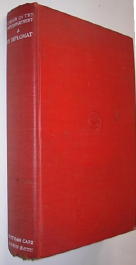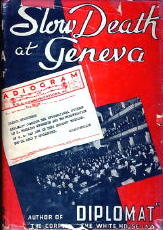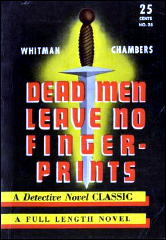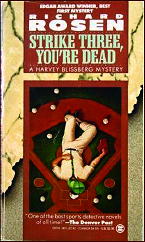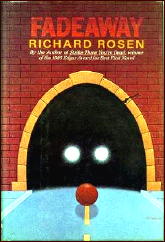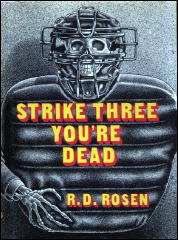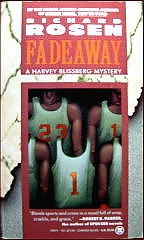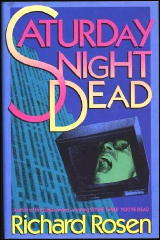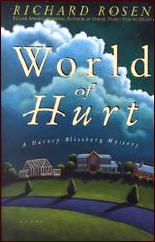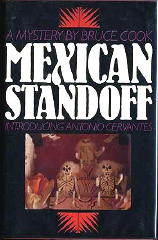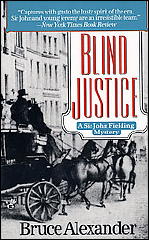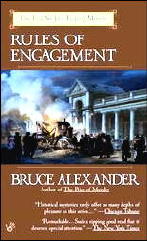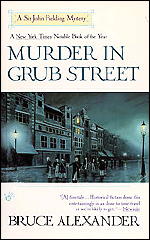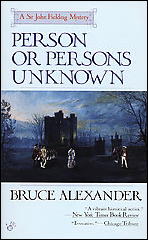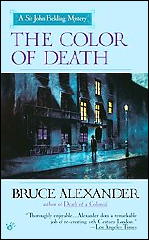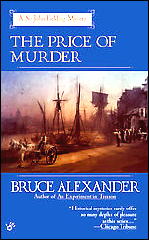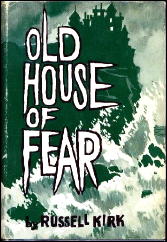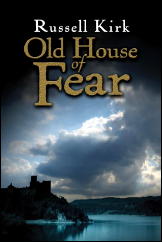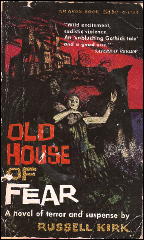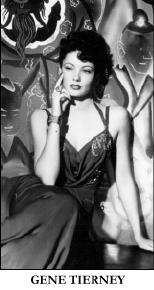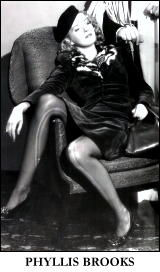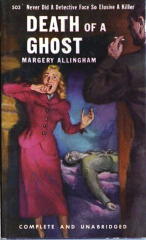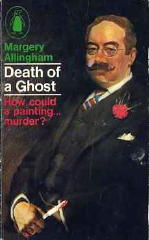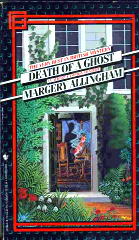Thu 13 Aug 2009
A Review by David L. Vineyard: E. BAKER QUINN – One Man’s Muddle.
Posted by Steve under Authors , Bibliographies, Lists & Checklists , Crime Fiction IV , Reviews[22] Comments
E. BAKER QUINN – One Man’s Muddle. Heinemann, UK, hardcover, 1936. Macmillan, US, hardcover, 1937.
Two years before Raymond Chandler introduced us to Philip Marlowe in The Big Sleep (1939), E. Baker Quinn, a British writer, anticipated both his voice and his attempt to do something more serious with the detective novel with her first novel about former Scotland Yard sleuth James Strange, an accomplishment noted by critic James Sandoe in his famous list of notable hard-boiled writers.
When we first meet her sleuth James Strange, he has fled to a “… tu’penny ha’penny inn a hundred miles from nowhere,” to escape his past. But he knows it’s hopeless. “Do a bunk to the jungles of Africa and ten to one you’ll meet your mother-in-law’s char coming around the first bush …”
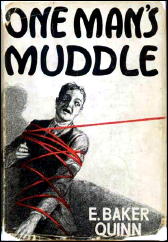
And for Strange it is much worse than his mother-in-law’s charwoman. He’s runs smack into the former Mrs. Boynton, now Mrs. Geoffrey Wharton, a former London snowbird, an addict, who knows all about Scotland Yard’s former bright young thing who has just completed four years in the pen for possession of illegal drugs.
And of course Mrs. Wharton is promptly murdered, and Strange finds himself forced to help her husband cover up her past while trying to cover up his own and keep the police from finding the .32 caliber automatic hidden in his luggage, the gun he used in a manslaughter case he was acquitted in — but would rather not bring up again — and coincidentally, the same caliber Mrs. Wharton was shot with …
His attempts to keep his head above water push him deeper into the mess, and force him back to his ex-fiancee in London and to Ratchet, the partner who ratted on him and testified against him as King’s evidence.
That’s the set up for a novel that anticipates the style and voice of Chandler’s novels:
Before it is over Strange will solve the case, but find himself facing another two years in prison.
In later books Strange gets out of prison and goes to work as a private eye with his despised ex-partner Ratchet. The voice continues in the Chandler vein.
Who Quinn was, and how she came to discover a voice and subject matter so close to Chandler is a mystery in itself. But her books are worth discovering and reading, and Strange a curious compliment to Marlowe and his world.
Here are a few samples of Quinn and Strange:
“It’s a curious thing, Mr. Strange,” he said, but I never go to the cinema.”
“I never go to America,” I said, “but I know what Roosevelt looks like.”
“Anything I tell that old bargepole,” I said, “you can cook three minutes and throw away.”
If one-eighth of the publicans in England began telling all they knew, divorce and civil courts would take over the nation.
Curious how the saving of great honour usually involves the destruction of several small honours. Like the nobleman’s son who saved the families honour by not marrying the dairymaid.
He made me think of Luther and Savonarola and Reformations, possibly because he had what I call the Righteous Eye. Believe me I’m an authority on the Righteous Eye. The judge who sent me up had it.
A thin chill pimpled all over me.
She gave me a rake over then, twice the voltage of mine.
I wondered irritably how anything as peaceful as the village could be so damn unpeaceful.
The cows gave me the same kind of look coming home with an old lady in my arms and a dripping child on my heels as they gave me going out and I thought it must be wonderful to be beyond surprise like that.
Tonight I’d ride the old nightmare, I’d cease to walk erect and unafraid. Four years of dreams, I thought, bitterly, and just a handful of hours to kill the dream …
One Man’s Muddle and its sequels are an interesting look at a Marlowe that might have been, one of those curious side roads that sometime run parallel to a more successful track. And well worth reading and discovering as first rate mysteries by a writer who deserved more recognition than she got.
Bibliographic data: [From the Revised Crime Fiction IV, by Allen J. Hubin]
QUINN, E(LEANOR) BAKER
One Man’s Muddle (n.) Heinemann 1936. Macmillan, 1937. [James Strange]
The Dead Harm No One (n.) Heinemann 1938. (**)
Death Is a Restless Sleeper (n.) Heinemann 1940. Mystery House, 1941. [James Strange]
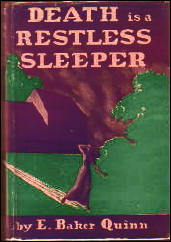
(**) While it seems likely that he is, it is not known whether James Strange is in this book or not.
